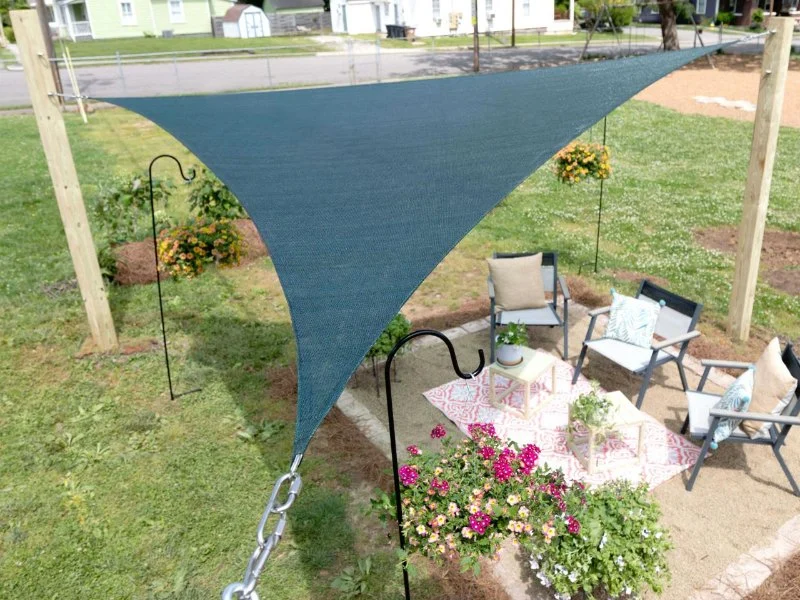
- 1- Understanding Shade and Sun Zones
- 2- How to Define Sun and Shade Zones in Your Space
- 3- How to Maximize Space with Sun and Shade Zones
- 4- Best Plants for Sun and Shade Zones
- 5- Tips for Creating Functional and Beautiful Outdoor Spaces
1- Understanding Shade and Sun Zones
When it comes to designing your outdoor space, understanding the concept of shade and sun zones is key to making the most of your available area. Different parts of your yard or garden experience varying levels of sunlight, and these natural divisions are referred to as “shade zones” and “sun zones.” Knowing where these zones are located allows you to optimize your space for both aesthetics and functionality.
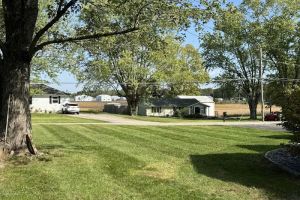
Diamond Property Maintenance
1988 Sunny Acres Dr, Bedford, IN 47421, USA
What Are Shade and Sun Zones?
Sun zones are areas in your outdoor space that receive direct sunlight for most of the day, typically between 6 to 8 hours. On the other hand, shade zones are areas that are covered by shade for most of the day, either from trees, buildings, or other structures. These zones shift throughout the year, especially with changes in the seasons, so it's important to understand their movement to maximize your space's potential.

Legacy Lawn & Landscape LLC
RiponFond du Lac CountyWisconsin
744 E Fond du Lac St, Ripon, WI 54971, USA
Why Is Understanding These Zones Important?
By recognizing where your sun and shade zones are located, you can effectively plan your garden, outdoor furniture arrangement, and overall landscape design. Whether you're looking to create a cozy, shaded retreat or a vibrant sun-soaked garden, understanding these zones allows you to place the right plants and structures in the most suitable spots.
2- How to Define Sun and Shade Zones in Your Space
Before you begin planting or setting up outdoor areas, it's essential to identify the sun and shade zones in your space. Here’s how you can do it:
1. Observe Your Space at Different Times of Day
The best way to determine sun and shade zones is by observing your space throughout the day. Take note of how the sunlight moves across your yard from morning to evening. Mark areas that get full sunlight for most of the day (sun zones) and those that remain in shade (shade zones).
2. Use a Compass or Sun Mapping Tool
If you want a more accurate approach, consider using a compass or a sun mapping tool. These tools can help you track the sun's path and determine exactly which parts of your space receive direct sunlight at different times of day. This can be especially helpful for larger yards or more complex spaces.
3. Consider Seasonal Changes
Keep in mind that sun and shade zones shift with the seasons. In the summer, the sun may reach different areas than in the winter. As the angle of the sun changes, so will the shade patterns. This is important if you want to create a space that works year-round.
3- How to Maximize Space with Sun and Shade Zones
Once you’ve identified your sun and shade zones, it’s time to use that information to maximize your space. Here are a few tips to get the most out of your outdoor area:
1. Create Functional Spaces for Activities
Think about how you plan to use your space. For example, place your outdoor dining area in a sun zone where you can enjoy the warmth and light during meals. On the other hand, if you're looking to create a relaxing retreat, position comfortable seating in a shaded area to keep cool during hot summer days.
2. Use Shade for Privacy
Shade zones can also be used strategically to provide privacy. Large trees, hedges, or shade structures can be used to block the view from neighbors, creating a more intimate and private outdoor space.
3. Design with Seasonal Flexibility
By combining sun and shade zones, you can design a space that works for all seasons. Use sun zones for seasonal plants that thrive in full sunlight, and shade zones for plants that require cooler, shadier conditions. This allows your outdoor space to look beautiful and function well throughout the year.
4- Best Plants for Sun and Shade Zones
Choosing the right plants for your sun and shade zones is essential for a thriving garden. Here’s a guide to help you select the best plants for each type of zone:
1. Sun Zone Plants
Plants in sun zones thrive in full sunlight, so look for varieties that require 6+ hours of direct sun. Some great options for sun-loving plants include:
- Lavender
- Geraniums
- Sunflowers
- Marigolds
- Roses
2. Shade Zone Plants
In shady areas, opt for plants that can handle lower light levels. These plants thrive in indirect or filtered light. Some excellent choices for shade-loving plants are:
- Hostas
- Ferns
- Astilbe
- Japanese Maple
- Caladium
5- Tips for Creating Functional and Beautiful Outdoor Spaces
To create the perfect balance of sun and shade in your outdoor space, follow these tips to enhance both functionality and aesthetics:
1. Incorporate Shade Structures
Adding pergolas, shade sails, or umbrellas to your sun zones can create inviting spots for outdoor lounging and dining. These structures not only protect you from the sun but also add a stylish touch to your space.
2. Mix Sun and Shade for Diverse Planting
Blend both sun-loving and shade-tolerant plants throughout your garden to add depth and visual interest. Combining different textures, colors, and heights in both zones will make your garden feel more dynamic and aesthetically pleasing.
3. Build Zones for Socializing
Consider how your family and guests will use the space. Create separate zones for relaxing, cooking, and dining. For example, place seating in shady spots for long afternoons, while setting up the barbecue and dining area in a sunny corner to enjoy evening warmth.
If you're looking for high-quality outdoor design products and ideas to enhance your yard, visit Beautiful Landscapes for the best landscaping products and expert tips.

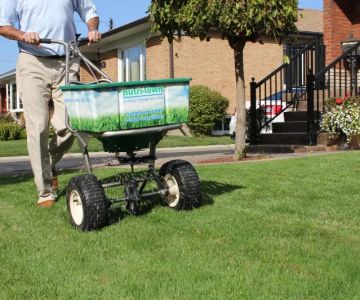

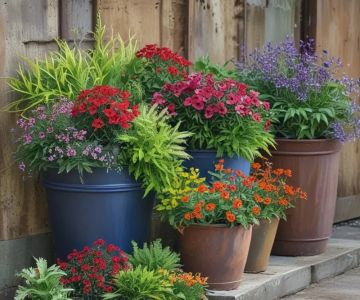
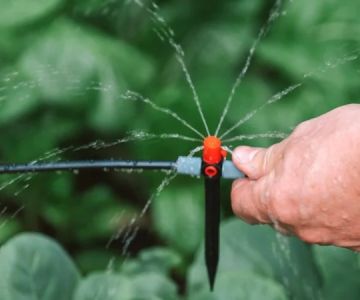
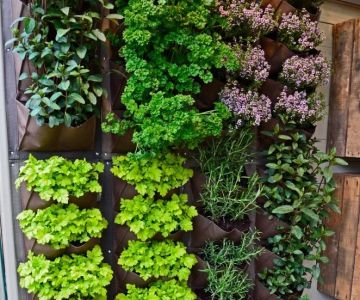
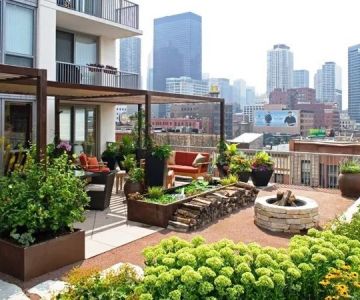
 Property Pros4.0 (91 reviews)
Property Pros4.0 (91 reviews) Landscape Material & Firewood Sales, Inc.4.0 (138 reviews)
Landscape Material & Firewood Sales, Inc.4.0 (138 reviews)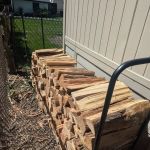 Wheaton Mulch4.0 (52 reviews)
Wheaton Mulch4.0 (52 reviews)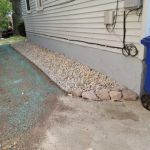 CES Landscape Services4.0 (10 reviews)
CES Landscape Services4.0 (10 reviews) Mendez Landscaping and Lawn Care3.0 (4 reviews)
Mendez Landscaping and Lawn Care3.0 (4 reviews)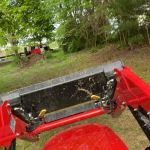 Epic land creations5.0 (2 reviews)
Epic land creations5.0 (2 reviews)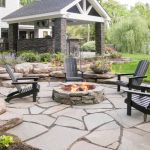 How to Plan & Build a Backyard Fire Pit Area for Maximum Enjoyment
How to Plan & Build a Backyard Fire Pit Area for Maximum Enjoyment How to Use Garden Art to Add Personality to Your Outdoor Space
How to Use Garden Art to Add Personality to Your Outdoor Space How to Convert a Lawn Into a Wildflower Meadow
How to Convert a Lawn Into a Wildflower Meadow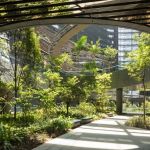 How to Design a Landscape That Complements Architecture: Expert Tips and Ideas
How to Design a Landscape That Complements Architecture: Expert Tips and Ideas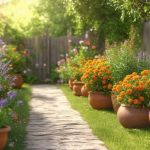 How to Design With Movement: Plants That Sway Gracefully in Your Garden
How to Design With Movement: Plants That Sway Gracefully in Your Garden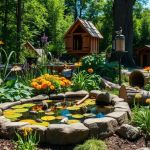 How to Build a Wildlife Habitat Garden That Supports Biodiversity
How to Build a Wildlife Habitat Garden That Supports Biodiversity